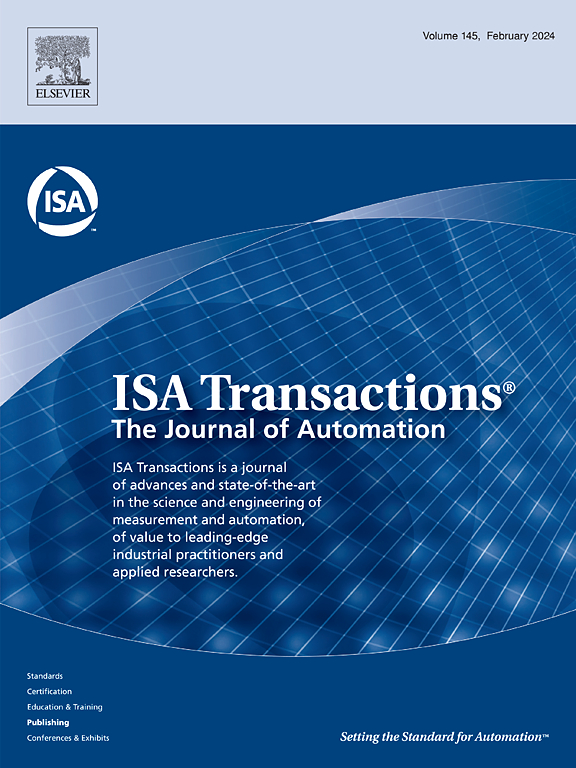动态蜂群跟踪的几何通知序贯蒙特卡罗方法。
IF 6.5
2区 计算机科学
Q1 AUTOMATION & CONTROL SYSTEMS
引用次数: 0
摘要
本文介绍了一种利用群体编队固有的几何特性对自主移动主体(如无人机)群体进行动态跟踪的新方法。该方法将整个蜂群视为单个目标,简化了跟踪过程。群体的状态由其中心的位置和速度以及群体的方向和几何参数表征,并使用顺序蒙特卡罗方法估计。本文的一个重要方面是似然函数的公式,它包含了群体的几何信息,并且能够容忍高虚警率,显著增强了滤波器对群体跟踪中常见的基于传感器的挑战的鲁棒性。针对不同的群体形成模式,提出了似然函数。我们提出的方法也能够解决的情况下,群体经历多个时变的形成模式。本文对所提方法的性能进行了数值测试。结果表明,该方法在具有时变队形的情况下,即使在存在高虚警和漏检的情况下,也能比传统的粒子滤波方法更准确地估计出群体的运动、形成和形状。本文章由计算机程序翻译,如有差异,请以英文原文为准。
Geometrically-informed sequential Monte Carlo method for dynamic swarm tracking
This paper introduces a novel approach for dynamic tracking of swarms of autonomous moving agents (such as UAVs) by leveraging the inherent geometric properties of swarm formations. The method treats the entire swarm as a single target, streamlining the tracking process. The state of the swarm is characterized by the location and velocity of its center, as well as the orientation and geometric parameters of the swarm, which are estimated using the sequential Monte Carlo method. One significant aspect of this paper is the formulation of the likelihood function, which incorporates the geometric information of the swarm and is tolerant of the high rate of false alarms, significantly enhancing the robustness of the filter against common sensor-based challenges in swarm tracking. Likelihood functions are proposed for different swarm formation patterns. Our proposed method is also capable of addressing scenarios where the swarm undergoes multiple time-varying formation patterns. The performance of the proposed methods has been numerically tested. The results indicate that the proposed methods accurately estimate swarm movement, formation, and shape in situations with time-varying formation patterns, even in the presence of high false alarms and missed detections, better than the conventional particle filter.
求助全文
通过发布文献求助,成功后即可免费获取论文全文。
去求助
来源期刊

ISA transactions
工程技术-工程:综合
CiteScore
11.70
自引率
12.30%
发文量
824
审稿时长
4.4 months
期刊介绍:
ISA Transactions serves as a platform for showcasing advancements in measurement and automation, catering to both industrial practitioners and applied researchers. It covers a wide array of topics within measurement, including sensors, signal processing, data analysis, and fault detection, supported by techniques such as artificial intelligence and communication systems. Automation topics encompass control strategies, modelling, system reliability, and maintenance, alongside optimization and human-machine interaction. The journal targets research and development professionals in control systems, process instrumentation, and automation from academia and industry.
 求助内容:
求助内容: 应助结果提醒方式:
应助结果提醒方式:


